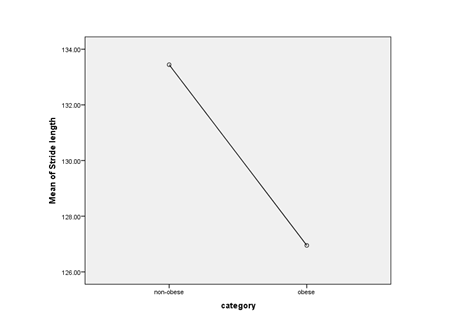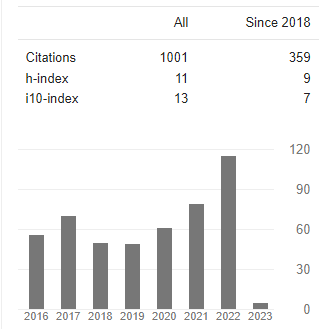SPATIAL-TEMPORAL PARAMETERS OF OBESE & NON-OBESE, FEMALE CHILDREN DURING WALKING
Abstract
Obesity is one of the leading health complications in the world, one of the most serious public health challenges of the 21st century it effect on every system of human body, locomotory system. The present study is a quantitative study, which was designed to investigate the variations of selected gait parameters between obese & non-obese females aged between 12-14 years. The whole sample consisted of 50 subjects with equal number of obese (50) and non-obese (50) females. The subjects were instructed to run across a pre-designed walkway at their maximum speeds. During this, they were filmed using high-resolution cameras. The criterion measures of interest were spatial parameters. Conclusion: the Step and Stride length of non-obese females is higher than obese females of same age category.
Downloads
References
Bramble, D. M., & Lieberman, D. E. (2004). Endurance running and the evolution of Homo. Nature, 432: 345-352.
Drewnowski, A., & Popkin, B.M. (1997). The nutrition transition: new trends in the global diet. Nutrition Reviews; 55: 31-43
Hills, A.P., & Parker, A.W. (1991). Gait asymmetry in obese children. Neuro-orthopedics
:29-33
Nathial, Mandeep Singh. A COMPARATIVE AND ANALYTICAL STUDY OF SELF-ESTEEM AND JOB SATISFACTION IN ATHLETES AND NON ATHLETES. Journal of Advances in Social Science and Humanities, 2(10).https://doi.org/10.15520/jassh210123
Singh, M., Kour, R., & Kour, A.,. A collaborative diversified investigation of respective responses of sports person coaches and organizations on criminalization of doping.International Journal of Health Sciences,6(S3), 11295–11310. https://doi.org/10.53730/ijhs.v6nS3.8641
Sutherland, D. H., & Hagy, J. L. (1972). Measurement of gait movements from motion picture film. Journal of Bone and Joint Surgery (A), 54: 787-797.
SHARMA, N. P., & SINGH, M. (2014). SENIOR AGE GROUP RELATIVE EXERCISES AND IMPACT ON THEIR LIFESTYLE. International Journal of Behavioral Social and Movement Sciences, 3(04), 78–82. Retrieved from https://ijobsms.org/index.php/ijobsms/article/view/246
Spyropoulos, P., Pisciotta, JC., Pavlou, K.N., Cairns, M.A., & Simon, S.R. (1991). Biomechanical gait analysis in obese men. Archives of Physical Medicine Rehabilitation, 72 (13), pp. 1065 –1070
Songhua Yan, Weiyan Ren, Xiuqiao Liangd, Kuan Zhang (2014 )“Gait Characteristics of Overweight and Obese Children with Different Ages” The 7th International Congress on Image and Signal Processing
James, W.P.T. (1995). A public health approach to the problem of obesity. International Journal of Obesity 19:S37-S45
Kopelman, P.G. (2000). Obesity as a medical problem. Nature, 404:635-43

Copyright (c) 2024 Ravinder Kour, Amarpreet Singh

This work is licensed under a Creative Commons Attribution 4.0 International License.














